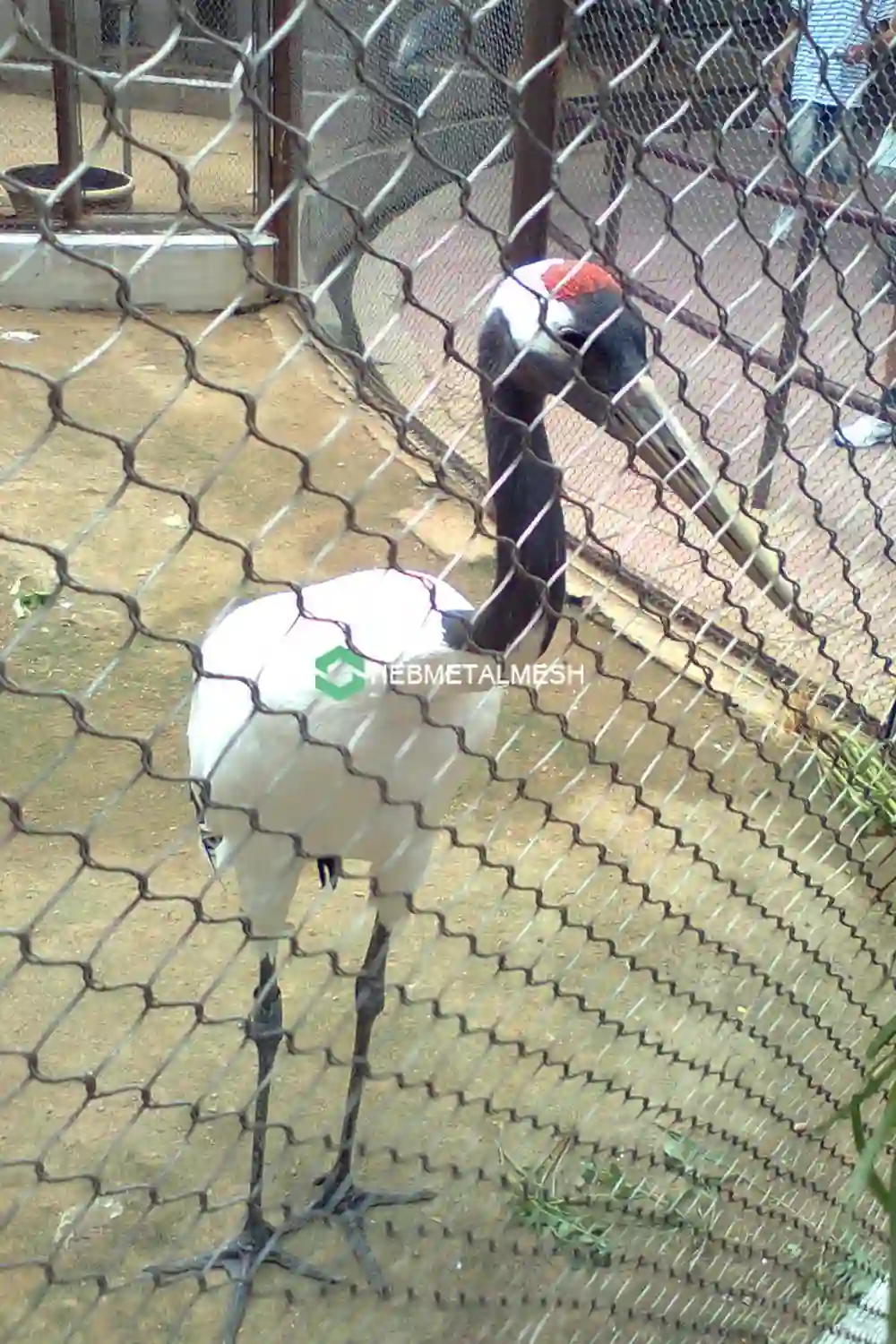Choosing the right aviary fencing is crucial for the safety and well-being of your birds.
It serves multiple purposes, from containment and protection from predators to enhancing the aesthetic appeal of your space.

Understanding the various types of aviary fencing and their unique features can help you make an informed decision.
In this article, we delve into the world of aviary fencing types, offering insights into material considerations, key features, and fence solutions to help you select the best animal fences for your aviary panels.
Understanding Aviary Fencing Types
Aviary fencing types vary widely, each offering unique benefits and drawbacks.
Some common materials used include wire mesh, wood, and metal.
The choice of material can significantly impact the durability, safety, and visibility of your aviary.
In the following sections, we will explore these materials in detail, helping you understand their suitability for different aviary requirements.
Material Considerations for Aviary Fencing
When selecting aviary fencing, material choice is paramount.
The material you choose will directly influence the longevity, safety, and aesthetics of your aviary.
For instance, stainless steel mesh is renowned for its durability and resistance to corrosion.
However, it may not offer the same aesthetic appeal as wood or metal.
Here are some key considerations when choosing aviary fencing materials:
- Durability against weather conditions
- Safety for the birds
- Aesthetic appeal
- Cost-effectiveness
- Ease of installation and maintenance
Wire Mesh: Balancing Visibility and Safety
Wire mesh is a popular choice for aviary fencing.
It offers excellent visibility, allowing you to observe your birds without obstruction.
However, the mesh size must be carefully selected to prevent escape and exclude predators.
The right mesh size will depend on the species of bird housed in the aviary.
Wood and Metal: Aesthetic and Functional Choices
Wood and metal are other common choices for aviary fencing.
While wood offers a natural aesthetic, metal is often more durable and resistant to weather conditions.
Both materials can be customized to fit specific dimensions and shapes, offering flexibility in aviary design.
However, they may require more maintenance than wire mesh.
Key Features of Aviary Panels
Aviary panels should be designed with the well-being of the birds in mind.
Visibility is a key feature, ensuring that the birds can be observed without obstruction.
The panels should also be UV resistant to prevent degradation from sunlight exposure.
Finally, the panels should be made from non-toxic materials to prevent potential harm to the birds.
Mesh Size and Bird Species
The size of the mesh used in aviary panels is crucial.
It must be small enough to prevent the birds from escaping, but large enough to exclude predators.
Durability Against the Elements
Aviary panels must be durable enough to withstand the elements.
This includes resistance to UV rays, rain, wind, and extreme temperatures.
Selecting the Right Fence Solutions
Choosing the right aviary fencing involves several considerations.
These include the type of birds housed, the local climate, and the desired aesthetics.
Key factors to consider include:
- Durability and resistance to weather conditions
- Mesh size appropriate for the bird species
- Aesthetic appeal and integration with garden design
Customization and Installation
Customizable aviary panels can be tailored to fit specific dimensions and shapes.
Professional installation is recommended to ensure the structural integrity of the fencing.
Maintenance and Legal Compliance
Regular maintenance is crucial to preserve the condition and safety of aviary fencing.
It’s also important to ensure that the fencing complies with local wildlife regulations.
Integrating Aviary Fencing with Garden Aesthetics
Aviary fencing can be designed to harmonize with garden aesthetics.
Incorporating natural elements, such as trees and shrubs, can enrich the aviary environment while enhancing the overall outdoor space.
Conclusion: Balancing Functionality and Well-being
Choosing the right aviary fencing involves balancing functionality with the well-being of the birds.
It’s crucial to consider factors such as safety, durability, aesthetics, and compliance with animal welfare standards.

